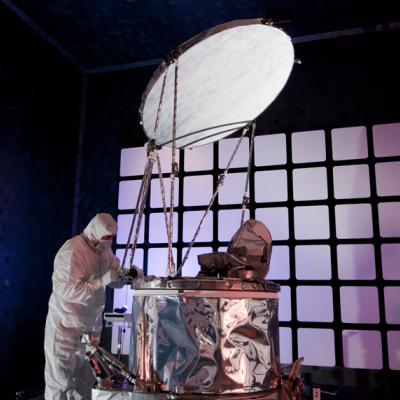Why is measuring precipitation from space important?
Visible and infrared space-borne sensors can provide precipitation information inferred from cloud-top radiation, and microwave sensors provide direct precipitation measurement based on radiative signatures of precipitating particles. This type of information is not available through ground-based measuring systems. GPM advances space-based measurement even further by combining active and passive sensing capabilities.


